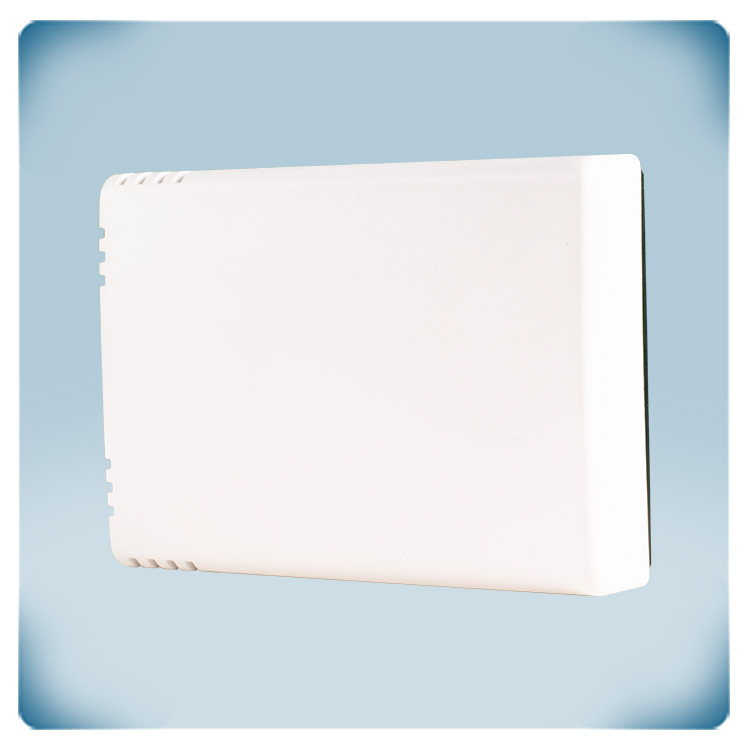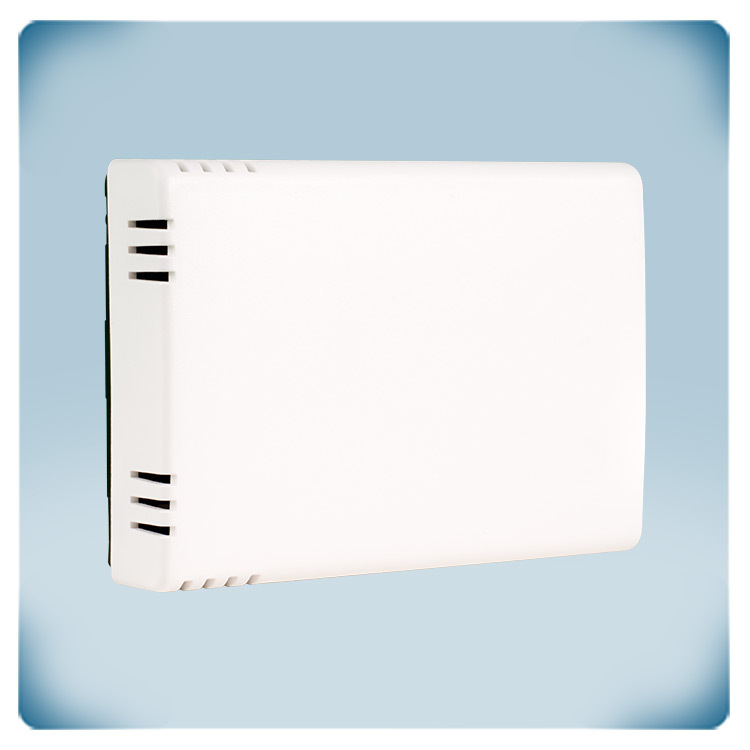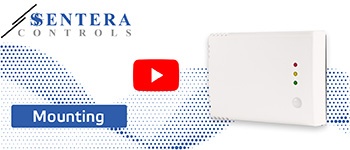EU declaration conformity
Passive room temperature sensor | PT100
Product description
ROTSN passive temperature probes are designed for reliable and stable ambient temperature measurements. They use a PT100 platinum sensor with a positive temperature coefficient, meaning resistance increases with temperature. The sensor has a resistance of 100 Ω at 0 °C.
Housed in a plastic casing with an IP30 protection rating, the probes feature a low profile and concealed screws. Connection is made via a screw clamp terminal block, suitable for cables up to 1.5 mm². These sensors offer excellent long-term stability (< ± 0.04%).
They operate from -20 to 60 °C in non-condensing humidity (<95% rH).
These sensors are ideal for reliable and stable temperature measurements.
Documents
Additional specifications and description
Why Are Temperature Sensors Essential in HVAC Systems?
Temperature sensors are vital components in HVAC systems, ensuring that environments are kept comfortable, efficient and safe. Thermal comfort affects our health, well-being, and productivity. Indoor temperature is amongst the major factors thermal comfort and, consequently, the productivity of occupants. Meanwhile, behavioural adaptation is known to be the most critical contributor to the adaptive thermal comfort model.
Most of the HVAC systems are temperature-based. These sensors continuously monitor the room temperature and automatically adjust the heating, cooling, or ventilation to maintain the desired conditions without the need for manual intervention. Just as you might manually adjust a thermostat to reach a comfortable room temperature, HVAC controllers use the temperature sensor readings to make precise adjustments automatically. This ensures consistent comfort throughout the space while optimising energy use.
How Does This Specific Temperature Sensor Work?
This temperature sensor measures ambient temperature via a platinum element (PT100). The sensor element has an electrical resistance of 100 ohms at 0 °C. It has a positive temperature coefficient. This means that the resistance increases when the ambient temperature increases. Any device with an input for 'passive temperature sensors' can read out the measured temperature.
What Are the Wiring Requirements and Recommendations for This Sensor?
The platinum temperature sensor element can be connected via a shielded 2-wire cable. The cable can be connected via the terminal block with screws. This terminal block is suited for cables with a maximum cross section of 1,5 mm². We recommend to keep the cable length limited. The longer the cable length, the higher the influence of the resistance of the cable on the measurement readout. This sensor doesn't require a separate power supply.
What Are the Design and Mounting Considerations for the Sensor's Enclosure?
The enclosure offers a sleek, contemporary design. It has an IP30 protection degree against ingress of dust and moisture. It can be mounted on a wall indoors. To ensure optimal performance, it should be protected from direct sunlight.
The enclosure offers a sleek, contemporary design. It has an IP30 protection degree against ingress of dust and moisture. It can be mounted on a wall indoors. To ensure optimal performance, it should be protected from direct sunlight.






.webp)
.webp)
.webp)
.webp)
.webp)

Remarks, reviews & ratings